Why Cover Letters Still Matter
In the digital age, when online applications are the norm, and resumes can often feel like a race to the bottom, you might be asking yourself, ‘Why bother with a cover letter?’ The simple answer is that a well-crafted cover letter can significantly increase your chances of landing an interview. It’s your opportunity to go beyond the bullet points of your resume and tell a compelling story. Your resume provides the what; your cover letter provides the why. It’s where you demonstrate your personality, enthusiasm, and genuine interest in the specific role and company. It’s a chance to show you are not just qualified but a great fit.
Cover Letter Basics [Essential Elements]
Before diving into the nitty-gritty of crafting a winning cover letter, let’s establish the fundamental elements that every cover letter should include. These elements, when present and thoughtfully constructed, create a strong foundation for your application. First and foremost, you need your contact information, along with the date, and the hiring manager’s details. Then comes the salutation, which starts the connection and personalizes your letter, followed by the body, where you will make your case, and finally the closing, a professional sign-off that leaves a lasting positive impression. Ensure that you tailor each of these for the specific job, don’t just make a template and move forward, make sure each is customized for the specific job.
Contact Information [Make a Great First Impression]
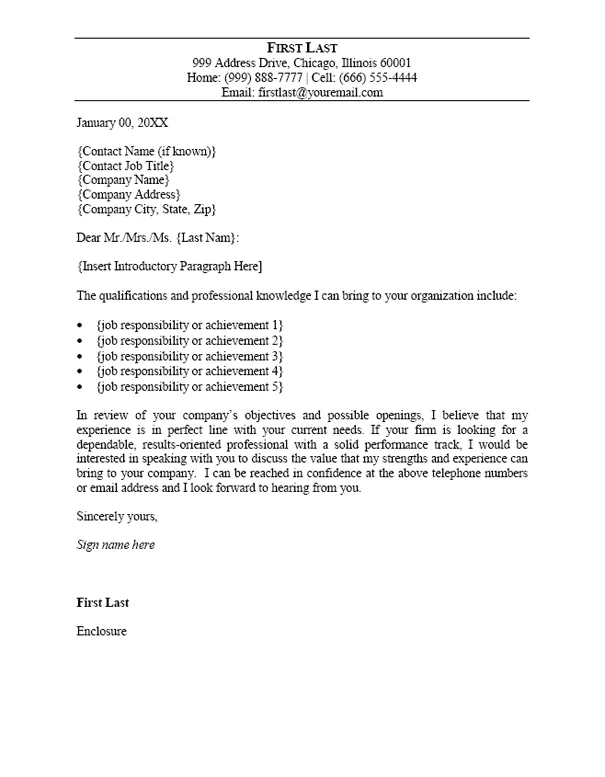
Your cover letter’s contact information section is more than just a formality, it’s your first opportunity to make a strong impression. It’s critical to include all the necessary details. This section also sets a professional tone for the rest of the document. Consistency is key, make sure the contact information matches what you put on your resume, and make sure the email address is professional. Double-check all contact details for accuracy before sending out the letter; a simple typo could lead to you missing out on opportunities. A professional approach to contact information demonstrates your attention to detail.
Applicant’s Name and Contact Information
At the top of your cover letter, start with your full name. Follow this with your phone number, professional email address, and optionally your LinkedIn profile URL or a link to an online portfolio, if applicable. Make sure your name is easily readable and stands out clearly. Provide accurate, up-to-date contact information; this will streamline the hiring process and allow potential employers to contact you without any issues. Ensure that your email address is professional and appropriate for job applications.
Hiring Manager’s Information
Always address your cover letter to a specific person, ideally the hiring manager. Research their name and title; this shows you’ve taken the initiative to personalize your application. If you can’t find a specific name, aim for a generic, yet professional salutation. Including the hiring manager’s name demonstrates your attention to detail and personalized approach. It also shows that you’ve invested time and effort to learn more about the opportunity. If you’re unable to find the hiring manager’s name, it’s better to use a formal greeting, like ‘Dear Hiring Manager,’ rather than a generic greeting.
The Salutation [Getting it Right]
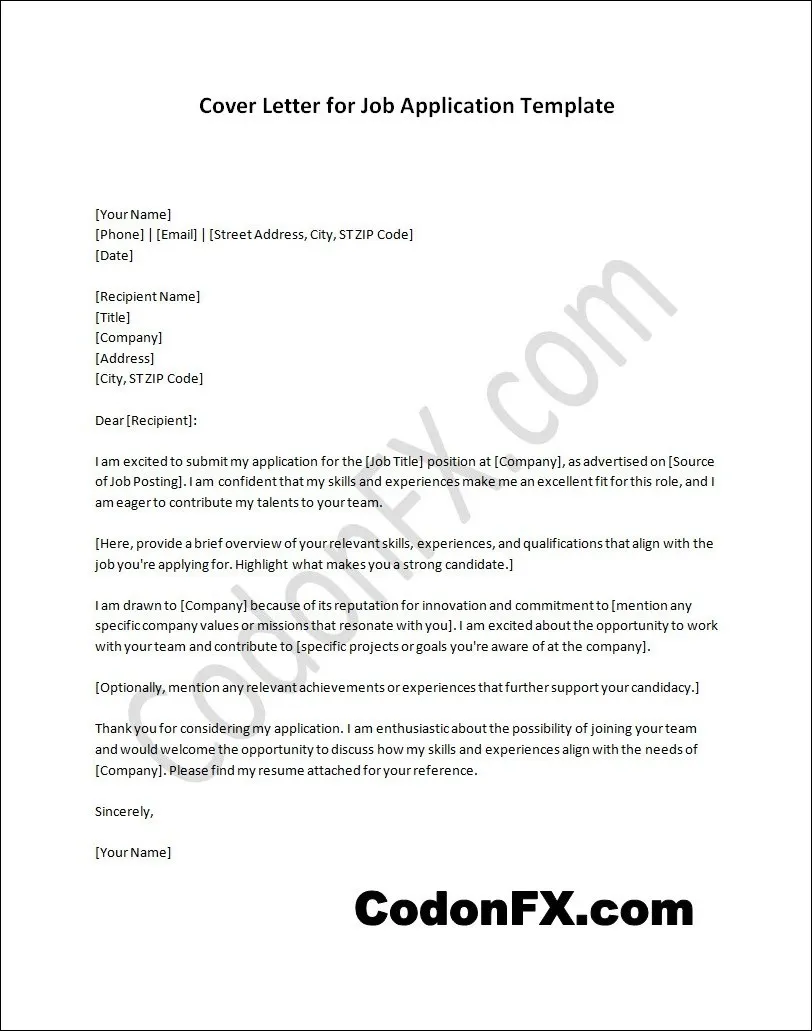
Your salutation sets the tone for your entire cover letter. ‘Dear [Hiring Manager’s Name],’ is generally the best choice, showing you’ve done your research. If you can’t find a specific name, ‘Dear Hiring Manager,’ is a solid alternative. Avoid generic greetings such as ‘To Whom It May Concern,’ as they lack personalization. Always ensure the salutation matches the tone of the job and company culture; for conservative industries, opt for formal salutations. After the salutation, use a colon. A proper salutation sets the foundation for a positive first impression.
Body of the Cover Letter [Crafting Your Message]
The body of your cover letter is where you truly make your case. It is where you showcase your skills, experiences, and how they align with the job. This section is divided into several key paragraphs, each serving a specific purpose. It should be clear, concise, and tailored to the job description. Focus on what you can offer and how you can contribute to the company’s goals, using your personality to show you are a great fit. The body is your opportunity to tell a compelling story that the resume alone cannot convey. It should be well-structured and easy to follow, making it clear for the reader.
First Paragraph [Grabbing Their Attention]
Start with a strong opening that grabs the reader’s attention. Briefly state the position you’re applying for and how you found the opportunity. This could be through a job board, a company website, or a referral. Then, state your most compelling qualification or a brief overview of your relevant experience to immediately capture the reader’s interest. The first paragraph’s goal is to pique the reader’s curiosity and make them want to learn more about you. Showing your genuine enthusiasm for the role and the company right from the start makes a strong first impression. Make the first paragraph count.
Highlighting Skills and Experience [Show, Don’t Tell]
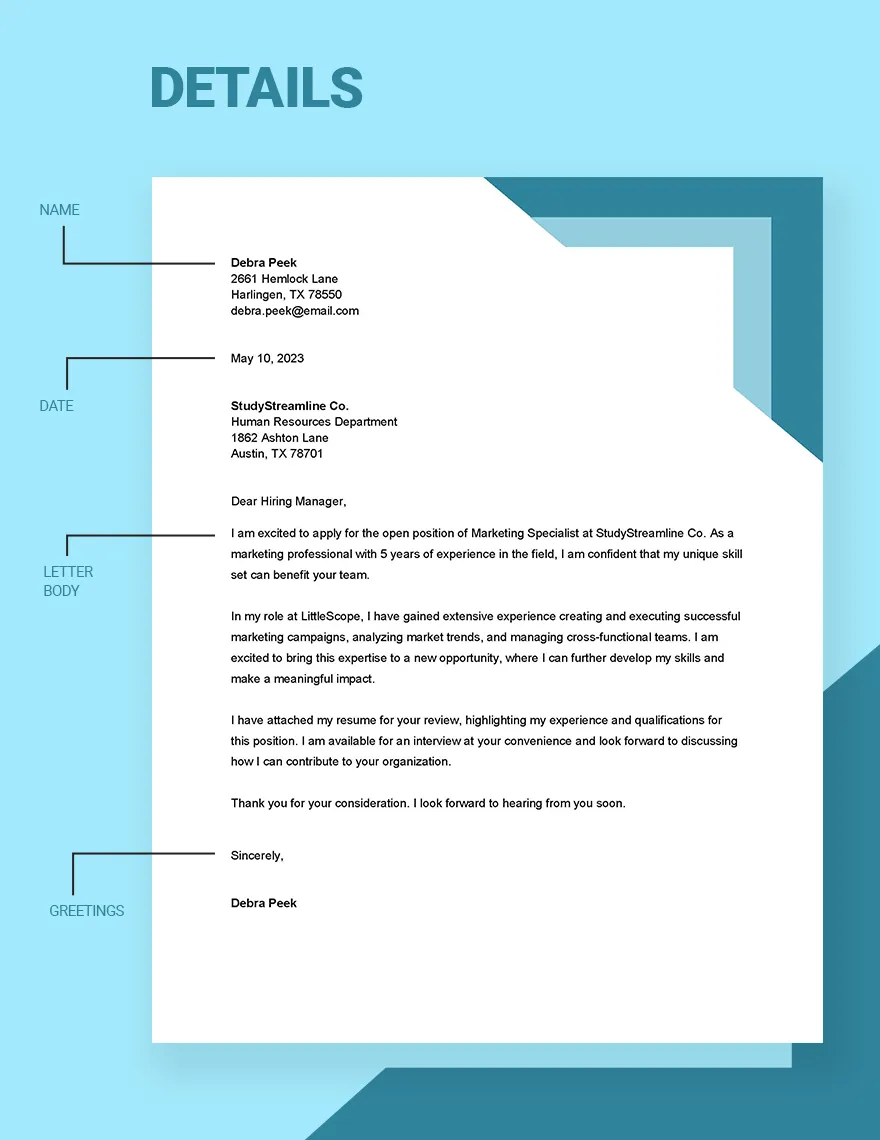
Instead of simply listing your skills, demonstrate how you’ve used them in previous roles. Provide specific examples and accomplishments that showcase your abilities. Instead of saying ‘I’m a good leader,’ describe a time you led a successful project or team. When possible, relate your skills and experiences to the specific requirements of the job. Use action verbs to describe your accomplishments and responsibilities to make your achievements more compelling. By ‘showing’ your capabilities, you provide concrete evidence of your ability.
Quantifying Achievements [Use Numbers]
Whenever possible, quantify your accomplishments. Numbers add weight to your claims and make your achievements more tangible. Use metrics and data to illustrate your successes. Instead of saying, ‘Improved sales,’ say, ‘Increased sales by 15% in six months.’ Including numbers makes your achievements more credible and demonstrates the impact you had in your previous roles. Numbers also help you stand out from other applicants. The more specific you are with your accomplishments, the better.
Addressing the Company’s Needs [Focus on Them]
Show that you understand the company’s needs and how you can help them achieve their goals. Research the company’s mission, values, and recent initiatives. In your cover letter, explain how your skills and experience align with their needs and demonstrate how you can contribute. Address the company’s specific challenges or opportunities. Demonstrate that you understand the company’s business and the role you can play in its success. By showing your knowledge of the company, you make a much stronger case.
Second Paragraph [Detailing Your Qualifications]
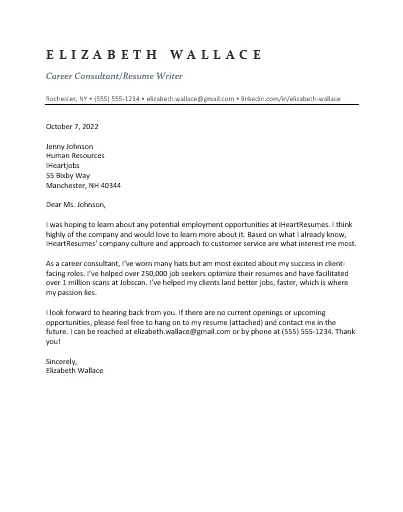
The second paragraph is where you dig deeper into your qualifications. Focus on the key requirements of the job and how your skills and experience meet them. Provide specific examples from your past experiences that align with the job description. This is an opportunity to elaborate on your most relevant achievements and how they relate to the role you are applying for. Structure the paragraph to emphasize your most relevant skills and accomplishments. By thoroughly explaining how you meet their needs, you make a stronger case.
Third Paragraph [Expressing Your Interest]
Conclude the body of your cover letter by reiterating your enthusiasm for the position and the company. Briefly explain why you are interested in this particular role and organization. You can mention specific aspects of the job or company that particularly appeal to you. This paragraph is a great place to express your commitment and willingness to contribute. This will strengthen your application and leave the reader with a positive impression.
The Closing [Ending on a High Note]
Your closing should be professional and leave a lasting positive impression. It’s your final chance to reiterate your interest and make a strong call to action. Keep the tone enthusiastic and professional, ensuring you end on a positive note. Your closing should demonstrate your commitment to the role and make it easy for the recruiter to contact you. It is one of the final steps, so make sure to do it right.
The Formal Closing
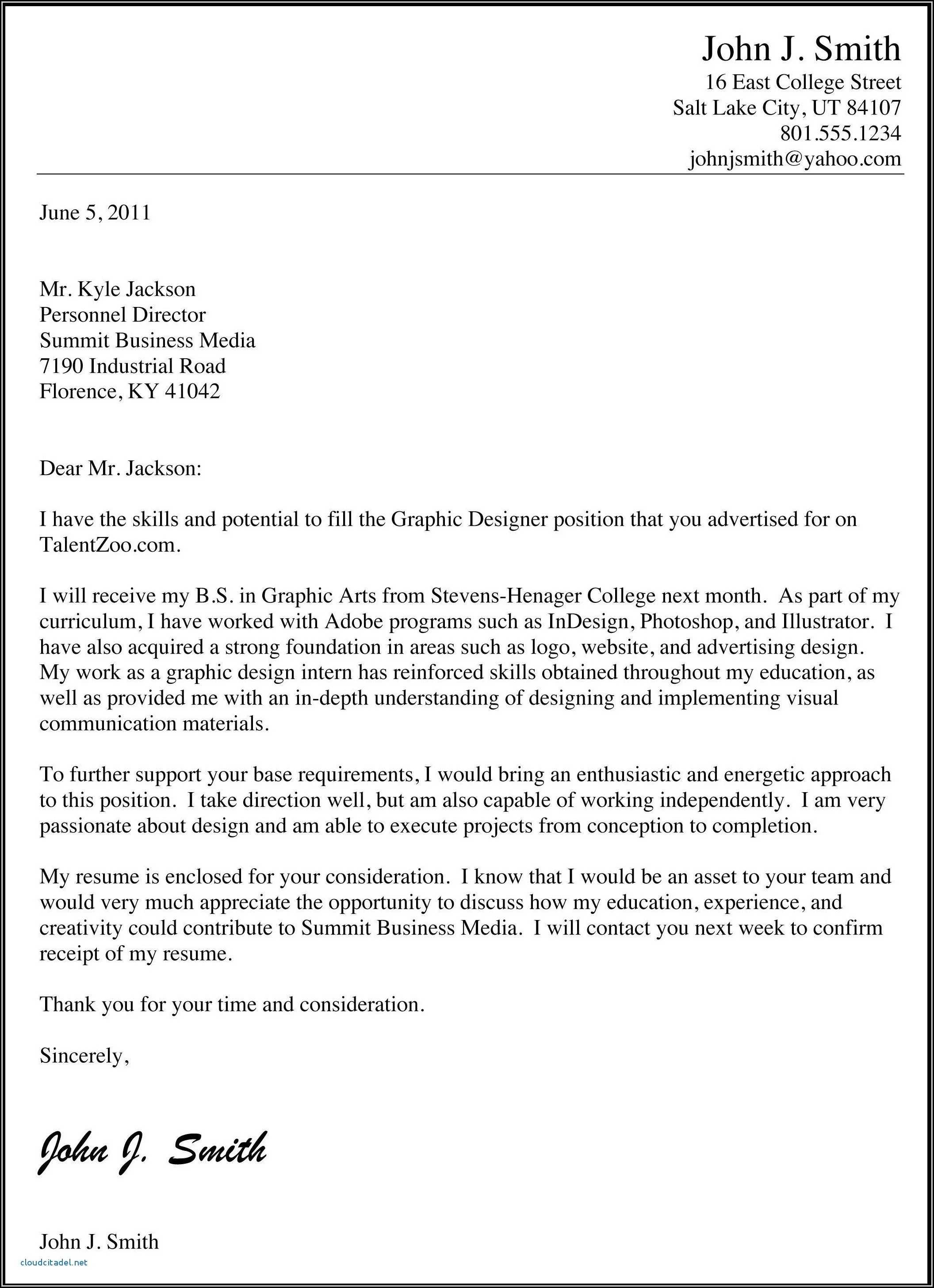
Use a professional closing such as ‘Sincerely,’ ‘Best regards,’ or ‘Yours sincerely,’ followed by your typed name. Avoid casual closings like ‘Thanks’ or ‘Cheers.’ The chosen closing should reflect the formality of the cover letter and the industry standards. A professional closing helps to emphasize that you are serious about the opportunity. It also signals the end of the letter in a suitable way. Choose your words carefully and make sure it is a reflection of your character.
Sign-off and Typed Name
After your closing, leave a space for your handwritten signature. If you’re sending a digital application, you can simply include your typed name. Ensure that your typed name matches the name at the top of your cover letter and resume. By including a signature and typed name, you make it clear who the letter is coming from. It’s a crucial step in every job application.
Review and Edit [Ensuring Perfection]
Proofreading and editing are essential steps in writing a successful cover letter, and it’s easy to overlook the importance, but it can make or break an application. No matter how well you write, errors will show. Always proofread your cover letter before sending it. It is better to catch the errors yourself than have a hiring manager point them out to you. Having the second eyes can help to make sure you have the best possible letter.
Common Cover Letter Mistakes to Avoid
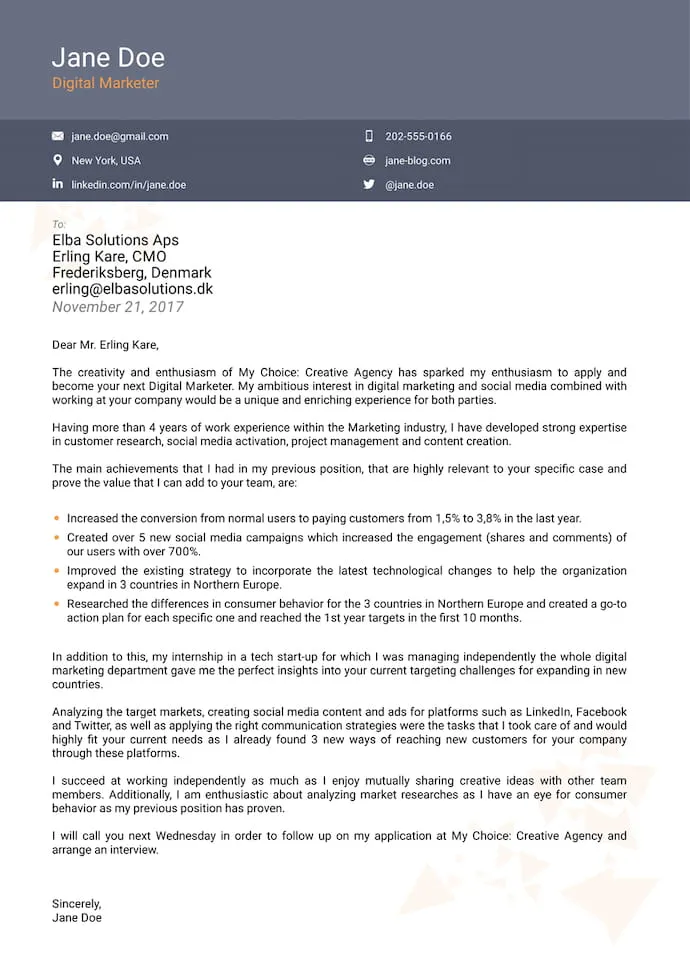
Avoid generic cover letters. Tailor each letter to the specific job and company. Don’t simply repeat your resume; expand on your experiences and highlight your accomplishments. Ensure you have a professional email address and avoid typos and grammatical errors, as this can detract from your message. Don’t make your letter too long; keep it concise and easy to read. Avoid using jargon or overly complex language; clarity is key. Ensure your letter is relevant to the job and that you meet the necessary requirements. It’s a reflection of who you are, and you want to make sure you’re showcasing the best version.
Formatting for Success [Making it Readable]
Formatting is often overlooked, but it plays a crucial role in the readability and overall impact of your cover letter. Proper formatting ensures that your letter is easy to read and visually appealing. This includes font selection, margins, and spacing. Use a clean, professional font and adequate margins and spacing to provide a professional look. Proper formatting demonstrates your attention to detail and respect for the reader’s time. By investing time in the presentation, you make it much easier for the recruiter to review your application.
Font Selection
Choose a professional and easy-to-read font like Times New Roman, Arial, or Calibri. Ensure the font size is between 10 and 12 points. Avoid overly stylized fonts or fonts that are difficult to read. Consistent font usage throughout the letter creates a professional appearance. A clean font enhances readability and makes it easier for the recruiter to focus on your content. Always remember, presentation is critical.
Margins and Spacing
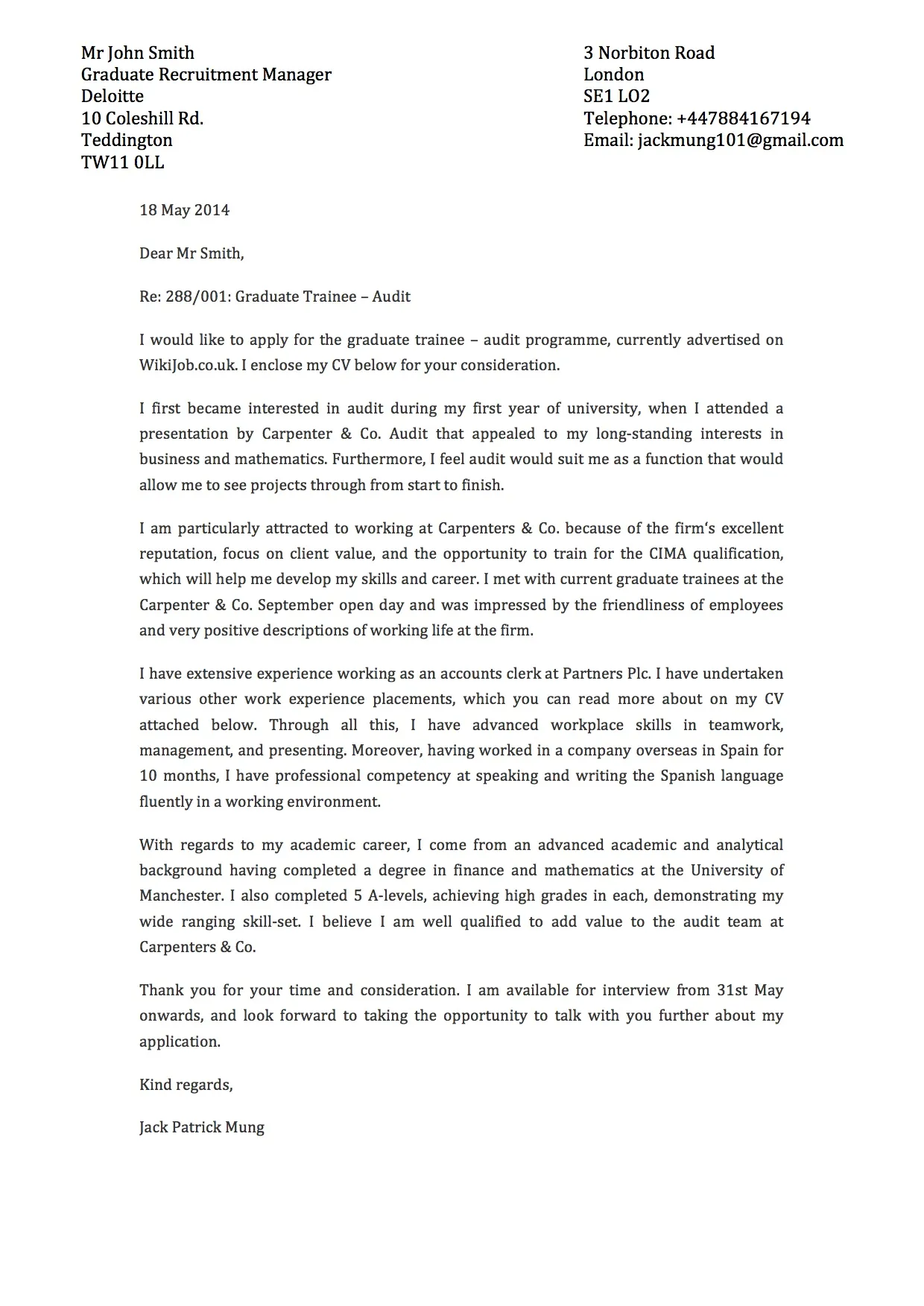
Use standard margins of 1 inch on all sides. This provides ample white space and makes the letter easier to read. Use single-spacing within paragraphs and double-spacing between paragraphs. Proper spacing enhances the visual appeal of your cover letter. Consistent margins and spacing create a balanced and professional appearance. These elements help to create a visually appealing document.
Proofreading Tips [Catching Errors]
Proofread your cover letter multiple times for any errors in grammar, spelling, and punctuation. Read the letter aloud to catch any awkward phrasing. Ask a friend or family member to review your letter. Use a spell checker and grammar checker, but don’t rely on them completely. Ensure that the details, such as the company’s name and hiring manager’s name, are accurate. Proofreading ensures your cover letter reflects your professionalism. Never underestimate the power of a good proofread!
Customizing Your Cover Letter [Tailoring It]
Customize your cover letter for each job application to increase your chances of getting hired. Generic cover letters often fail because they don’t show a clear interest in the specific role or the company. Tailor your letter to match the specific job description. Highlight the most relevant skills and experiences, focusing on how your qualifications align with the job’s requirements. Always mention the company’s name and address the hiring manager by name. Customization shows that you’ve invested time and effort to understand the job. Tailoring your cover letter significantly increases your chances of getting an interview.
Different Cover Letter Types

There are several types of cover letters, each serving a different purpose and requiring a different approach. The most common are application cover letters, networking cover letters, and the letter of interest. Understanding the differences will help you choose the correct one for your needs. Application cover letters are sent in response to a specific job posting. The networking cover letter is a way to introduce yourself and seek informational interviews or job opportunities. A letter of interest is a proactive approach to express interest in a company, even if there isn’t a specific job opening. Choose the correct type of cover letter depending on the situation, it will make all the difference.
Cover Letter Examples [For Inspiration]
Reviewing examples of successful cover letters is one of the best ways to understand what makes a winning application. You can find examples online, through career services, or in books about job searching. Use these examples as a template or to provide ideas and inspiration. Tailor the example to your specific needs. Remember that a well-written cover letter will open doors to your dream job. Use examples to enhance your writing skill. Good examples can often open doors.
